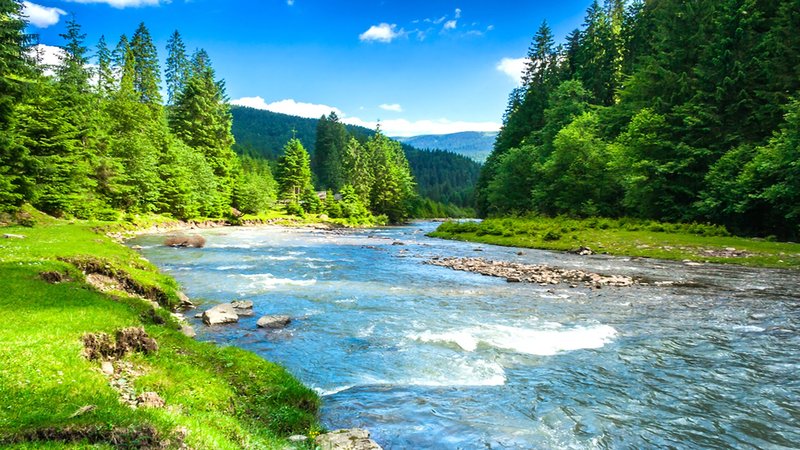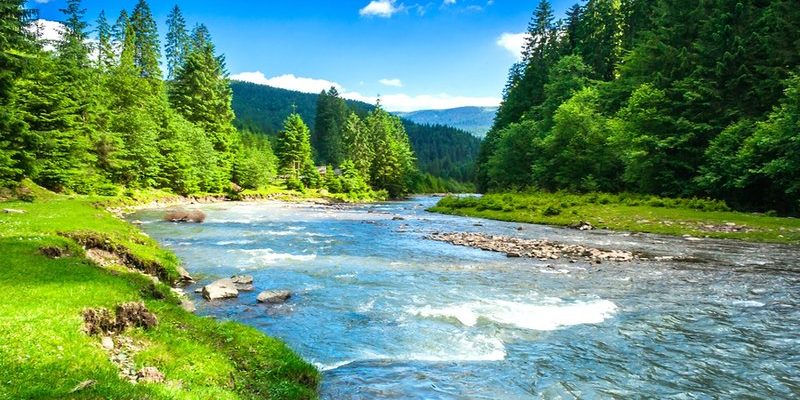
When you think about predators in the rainforest, you might picture large animals like jaguars or snakes. But, believe it or not, smaller creatures also play a vital role in controlling the velvet worm population. These predators help maintain a balance in the ecosystem, ensuring that no single species dominates and that each has a chance to thrive. Understanding these dynamics is essential for appreciating the beauty and complexity of the rainforest environment. Now, let’s explore the different types of predators that target velvet worms.
1. Birds: Feathered Hunters of the Rainforest
Birds are often at the top of the food chain in many ecosystems, and the rainforest is no exception. Several bird species have been observed preying on velvet worms. Imagine a colorful toucan perching quietly among the branches, scanning the forest floor for a squirming snack. Here’s why birds are significant predators of velvet worms:
- Adapted Vision: Birds generally have excellent eyesight, allowing them to spot the camouflaged velvet worms amid the vibrant foliage.
- Agility: Many birds can swiftly move from branch to branch, making them adept at catching their prey quickly.
- Diet Diversity: Birds typically have varied diets, which means velvet worms can be a tasty addition to their meals.
In particular, insectivorous birds, such as flycatchers, are known to snatch up these unsuspecting onychophorans. They might not seem like the ideal winged predator, but their sharp beaks and keen senses make them proficient hunters.
2. Reptiles: Cold-Blooded Predators
Reptiles are another group that frequently preys on velvet worms. Think of sleek lizards or curious snakes slithering through the underbrush. With their stealthy movements and sharp instincts, reptiles are well-suited for hunting these soft-bodied creatures. Here’s how they manage to do it:
- Camouflage: Many reptiles can blend into their surroundings, making it easy for them to stalk their prey without being noticed.
- Speed and Agility: Whether it’s a quick-moving skink or a patient snake, reptiles can strike swiftly when the moment is right.
- Robust Diet: Many reptiles are opportunistic feeders, snatching up whatever they can find, including velvet worms.
For instance, a green tree snake might lie in wait close to where velvet worms crawl, ready to make a quick strike. Their ability to adapt to different hunting styles makes them significant players in the velvet worm’s life cycle.
3. Insects: Tiny But Mighty Predators
You might not think of insects as formidable predators, but in the rainforest, they can be surprisingly efficient. Certain insects have developed specialized ways to hunt down velvet worms. Here’s a closer look:
- Predatory Beetles: Some beetle species have a taste for velvet worms, using their strong mandibles to grasp and consume them.
- Parasitic Wasps: These tiny wasps can lay their eggs inside or on the velvet worms, leading to eventual death for the unsuspecting host.
- Ants: Social insects like army ants can overwhelm velvet worms when they find them, quickly swarming and dismantling their prey.
Though small, these insect predators can significantly impact velvet worm populations. It’s a reminder that even the tiniest creatures can have a big role in the ecosystem.
4. Mammals: Unexpected Velvet Worm Predators
While it might be rare, some mammals have been known to eat velvet worms. Imagine a playful monkey or a curious marsupial exploring the rainforest floor. These creatures often have diverse diets and may include onychophorans in their menus. Here’s how:
- Exploratory Behavior: Many mammals, like tree-dwelling primates, often investigate their surroundings, which may lead them to velvet worms.
- Dietary Variety: Some mammals are omnivores and will consume anything from fruits to insects, including velvet worms.
- Natural Foraging: As they search for food, they may inadvertently uncover hidden onychophorans.
This overlapping of diets shows how interconnected life is in the rainforest, where every creature plays a role in the ecosystem’s dynamics.
5. Fungi: Unconventional Predators
You might be surprised to learn that certain fungi can also act as predators of velvet worms! Parasitic fungi can infect and kill these soft-bodied creatures. Here’s how it works:
- Spore Release: The fungi produce spores that can infect velvet worms upon contact, taking over their bodies.
- Growth and Decomposition: As the fungus grows inside the velvet worm, it breaks down its tissues, eventually leading to the worm’s demise.
- Ecological Impact: By controlling worm populations, these fungi contribute to nutrient cycling in the ecosystem.
This unique type of predation may not fit the traditional predator-prey mold, but it highlights the diverse interactions in the forest.
6. The Role of Velvet Worms in the Ecosystem
So, why does all this matter? Understanding the natural predators of velvet worms helps illustrate their role in the broader rainforest ecosystem. Here’s why:
- Food Source: Velvet worms are an essential food source for many predators, from birds to insects.
- Biodiversity: They contribute to the diversity of life, showcasing how different organisms interact in complex ways.
- Health Indicators: The presence of velvet worms can indicate the health of an ecosystem, as they are sensitive to environmental changes.
By appreciating the predators of velvet worms, we also gain insight into the interconnectedness of all rainforest life. This delicate balance is crucial for the preservation of these lush environments.
The natural predators of velvet worms showcase the complex web of life thriving in rainforests. From birds and reptiles to insects and even fungi, each predator plays a vital role in maintaining the balance of this unique ecosystem. Understanding these relationships deepens our appreciation for nature and highlights the importance of conservation efforts. So next time you think about velvet worms, remember they’re not just fascinating creatures on their own; they’re integral to a larger story about life and survival in the enchanting world of the rainforest. Let’s ensure that these ecosystems continue to thrive for generations to come!

